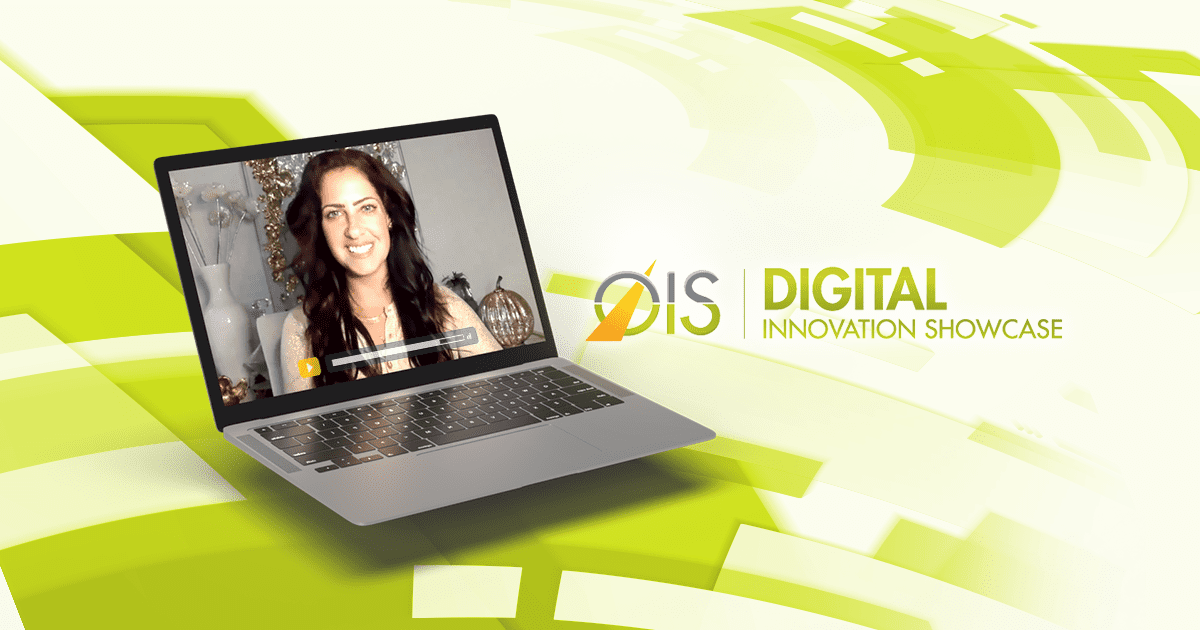The Four Trends Driving the Digital Space

Money is pouring into digital health at a record clip – $6.7 billion in the first quarter this year, the investment firm Rock Health reports. Ranya Habash, MD, defined the “four big trends” driving that growth: mergers and acquisitions, special purpose acquisition companies (SPACS), and mega-deals exceeding $100 million; on-demand healthcare; data management; and consumer empowerment.
Dr. Habash provided her take on the digital health space during her “market overview” talk at last week’s OIS Digital Innovation Summit. She comes at digital health from a diverse base of knowledge. Dr. Habash developed her own telemedicine software and co-founded the company that spawned it, then sold it to Everbridge, where she now serves as CMO. She’s also medical director for technology and innovation at Bascom Palmer Eye Institute at the University of Miami, where she’s a cataract and refractive surgeon. She has done work for Microsoft AI for Health and serves on the Food and Drug Administration’s Digital Health Network of Experts.
Record Deals
SPACs, Dr. Habash said, have enabled start-ups to go public faster, while Q1 mega deals like Cigna’s acquisition of MDLive – for an undisclosed price – and Teledoc’s $18.5 billion blockbuster deal for Livongo “have been paving the way for digital health growing in the sense that technology and tech companies are merging with healthcare institutions and healthcare providers.”
On-demand Healthcare
On-demand healthcare, most notably telehealth, has seen dramatic growth over the past year because of the COVID-19 pandemic. Dr. Habash noted that Bascom Palmer alone has 12 different types of telehealth visits. “This is not your mother’s telehealth anymore,” she said. “We have really developed that, and we have all kinds of nuances of those virtual-care visits, not just for eye care but all through medicine.”
That includes remote patient monitoring along the lines that OIS Digital Innovation Showcase participant Ocutrx Vision Technologies offers, she said. It also includes the internet of things (IOT), connected devices that send health alerts about patients to physicians, which showcase participant Vivior is developing. Lumio Health has brought an on-demand prescription management model to ophthalmology.
Data Management
This is the next big trend, Dr. Habash said. “Now that we have all this flood of data coming in, how in the world are we going to manage it?” she asked. “That’s why digital-health platforms are going to emerge as a very important tool for all of us to use.”
Carl Zeiss Meditec is one company in ophthalmology that’s “excelling in this,” Dr. Habash said, as it leverages the Microsoft Azure platform to host data with security as well as cloud-based R&D, IOT, and physician alerts.
“Data sharing and interoperability are two very hot-button terms we’re going to be hearing a lot more of,” she said. “This is kind of the way everything is headed.”
Dr. Habash added, “The whole picture ends with care coordination. The whole point of this is to make a better patient experience, and actually it’s to become a better doctor experience, too. Imagine if we can just share data among each other and collaborate with each other. We’re helping each other out and we’re helping our patients.”
Consumer Empowerment
“Patients are not patients anymore; they’re consumers,” Dr. Habash said. “When was the last time we remember a patient bringing us an apple pie for doing their cataract surgery? It doesn’t happen anymore, right? They bring us Google printouts and a million questions and opinions from other physicians.”
Now physicians like Dr. Habash have to cater to those patients more as consumers. And they want to control their healthcare data. “They want all kinds of devices that monitor everything from sleep patterns to brainwave activity to heart rate to the steps that they walk every day,” she said. “Those are the types of digital health companies that are going to succeed in in the future.”
